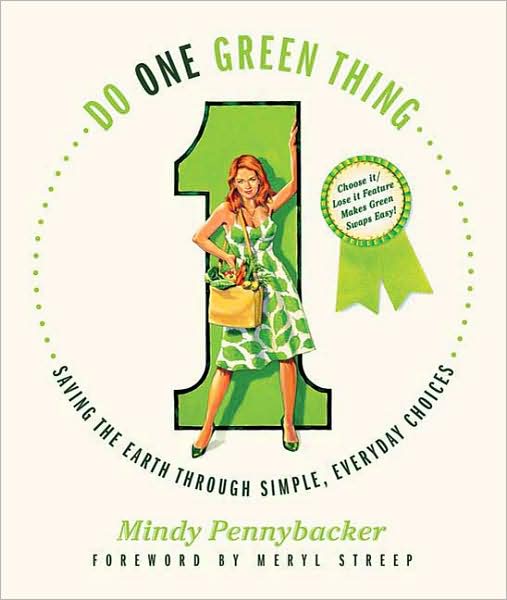
As I was at work earlier this week, as most of you are aware I work at the university's library, I began pondering on which environmental topic to choose for my first 'Share and Voice' post. Looking past the front counter and out to the rows of endless books I began to wonder if, and how, our library was doing their part in keeping our environment healthy. I investigated the subject by briefly interviewing with one of my supervisors, Liz Johnson, Interim Team Manager of Circulation Services.
The major question proposed to her asked, 'What precautions has the library taken to help preserve the environment and cut back on consumer products?' Liz was quick to answer the questions breaking it into three main categories: building, staff, and books.
Liz replied, "A few years after the current library building opened, which was in 2000, it was suggested the library obtain upgraded light fixtures that would be more energy efficient and would last longer. Since that time, the library has upgraded the light fixtures in the elevators to LED lighting and in the stairwells." Liz did mention that recently students may have noticed the stairwells have been a little darker than usual. "The Facilities Management has actually been able to find and purchase LED bulbs that are even more energy efficient than before, however, the new bulbs have not arrived yet."
Liz replied, "A few years after the current library building opened, which was in 2000, it was suggested the library obtain upgraded light fixtures that would be more energy efficient and would last longer. Since that time, the library has upgraded the light fixtures in the elevators to LED lighting and in the stairwells." Liz did mention that recently students may have noticed the stairwells have been a little darker than usual. "The Facilities Management has actually been able to find and purchase LED bulbs that are even more energy efficient than before, however, the new bulbs have not arrived yet."
As we moved on in conversation, Liz discussed how staff have been putting their efforts forward to reduce consumer product intake. "Just this summer the library staff held their first annual 'Supply Swap.' The event was to encourage staff to clean out their offices and donate any office supplies they weren't using. Then those supplies were collected and set up in the 4th floor rotunda on display where staff, and eventually the public, were allowed to go through and collect any items they could use." According to Liz, the event was a big success, with 28 out of 32 employees donating supplies it seemed everyone enjoyed the event. "Staff were happy to have more free space in their offices and it was a great way for others to utilize old and unused supplies." Along with the 'Supply Swap' library staff have always been encouraged to recycle, with recycling bins accessible in every office and in most open spaces.
It seems when the term 'library' is used it is most often related with books. So, of course, I could not write this post without mentioning how the library cares for and discards books. Liz informed me, "Throughout recent years technology has had a major influence on how the library functions. Most people are searching for online sources before coming to the library to view our books." In response to that the library is beginning to offer more online resources, such as professional journals, and are putting a halt to ordering 'hard-copies.' "We feel there is little point of having more magazines and journals being printed and sent to the library if most students are going online and accessing the same product there. Utilizing the internet for research is much easier for student to access, since they can obtain the article anytime, anywhere."
That's not the only benefit of online resourcing, though, since less printed copies are being ordered, more trees are being saved! Since online sources have been so popular the library is searching for more ways to reduce printed goods. "The library is beginning to copy all theses onto an online program." After she mentioned this, I couldn't help but question where all the printed theses are going and what happens to old books the library would like to dispose of. Liz replied, "We do have affiliations with online companies that resell the books for us. The companies give us a list of book subjects they will accept and re-sell them to patrons online. The library has also set up a system with facilities on campus that take any books that aren't sold online to be unbound and stripped from their cover. Once the cover is taken off the body of the book is then placed into a big, yellow recycling bin where they will be taken to a recycling business."
All-in-all, I would have to say the library is doing a great job, thus far, at trying to preserve trees and conserve energy and this makes me a very happy employee!

